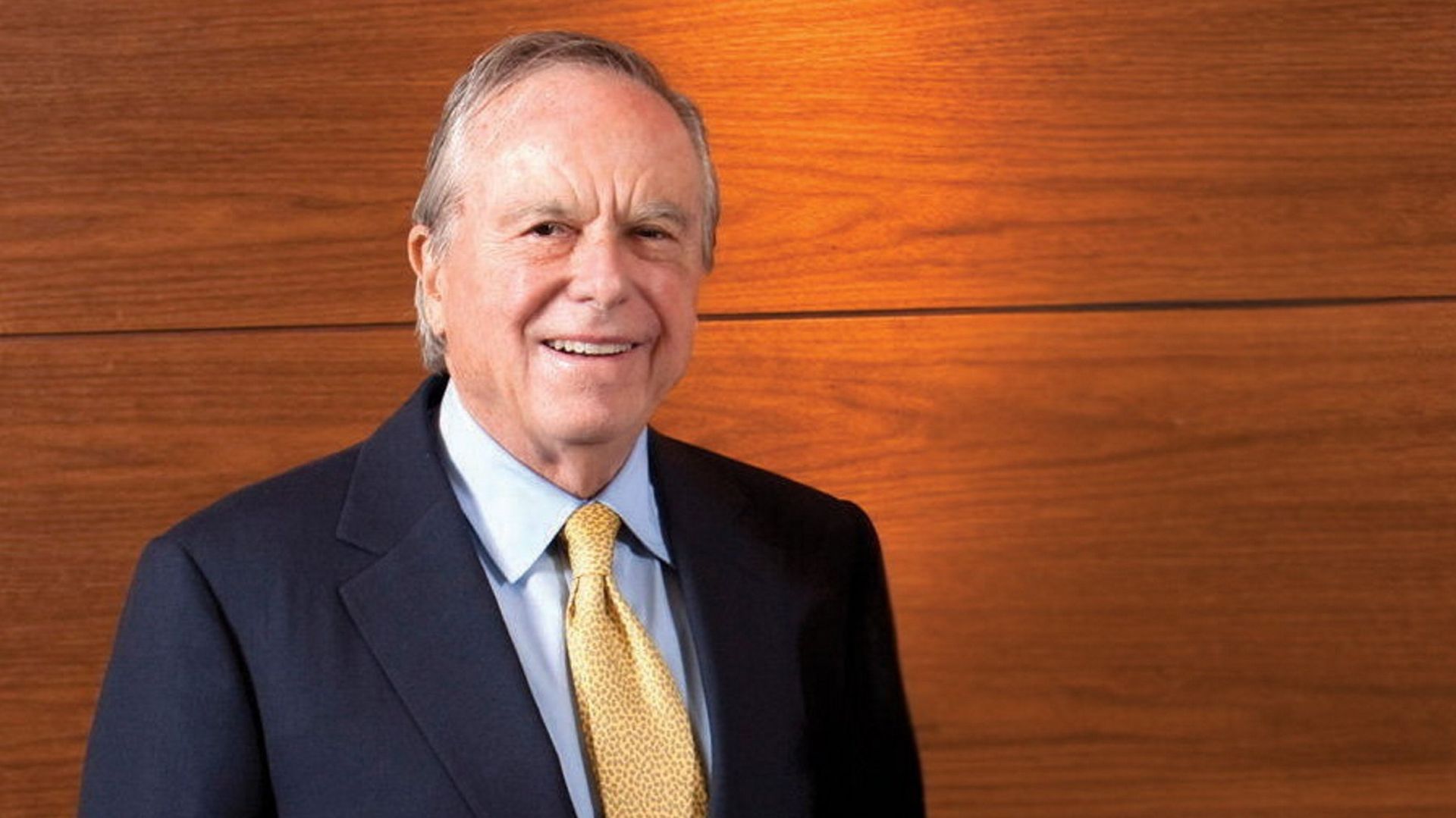
Sanford “Sandy” Robertson, the pioneering Silicon Valley financier whose initial public offerings helped turn a sleepy Northern California peninsula into a global economic powerhouse, has died at age 93.
Robertson was one of the earliest bankers to sense the potential of technological innovations emerging from the suburbs south of San Francisco in the 1970s and 1980s, at a time when major New York investment banks evinced little interest in the high-risk and little-known inventions that would come to dominate every aspect of modern life.
您已閱讀10%(689字),剩餘90%(6239字)包含更多重要資訊,訂閱以繼續探索完整內容,並享受更多專屬服務。